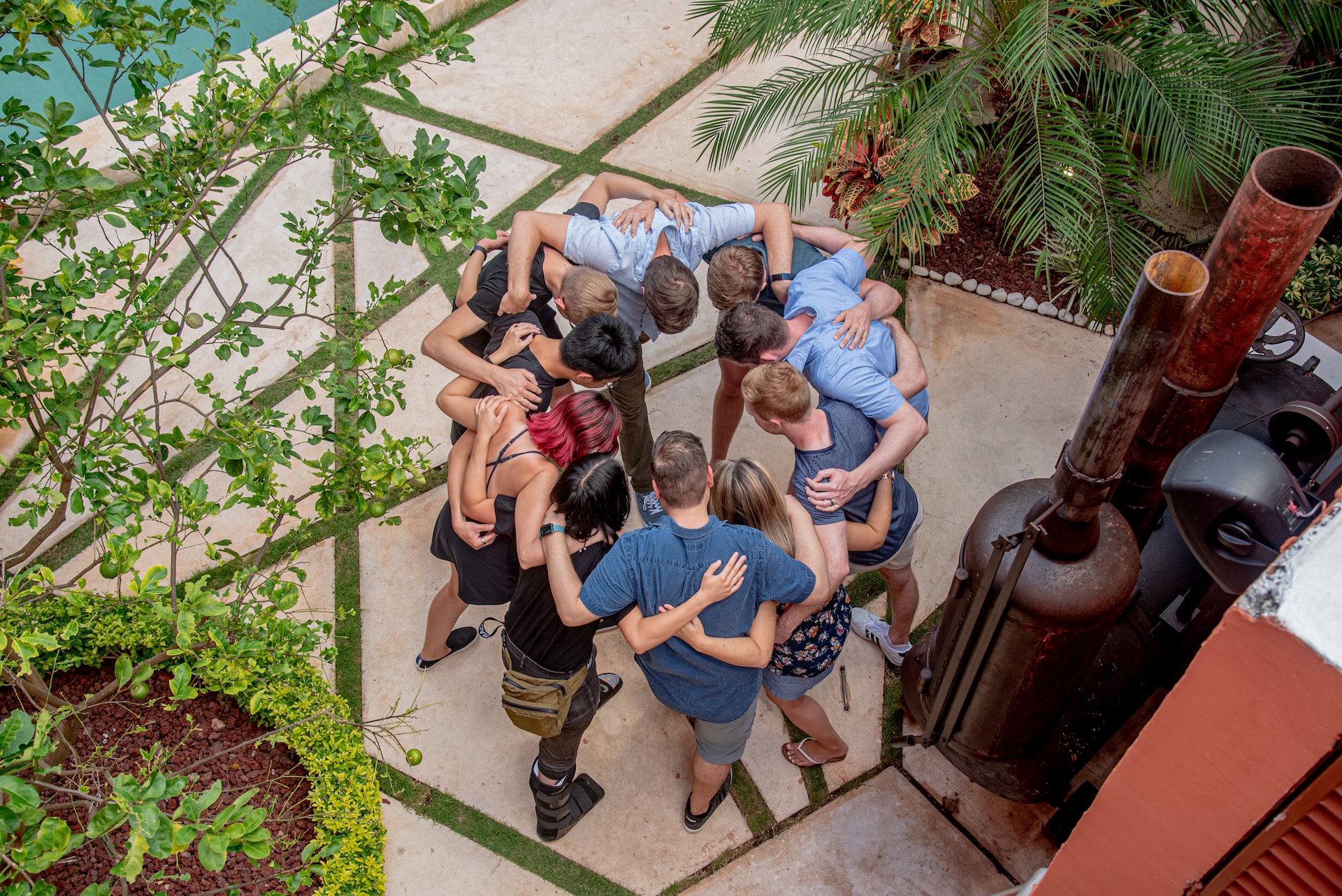Benefits Of Agile And The Top 10 Things You Need to Know About Agile
Here are some potential benefits of adopting an agile mindset:
-
Increased flexibility and adaptability: Agile encourages teams to be open to change and to embrace a "fail fast, learn fast" mentality, which can help organizations respond quickly to new opportunities or challenges.
-
Improved collaboration and communication: Agile values face-to-face communication and encourages teams to work together and share ideas, leading to better collaboration and teamwork.
-
Higher quality products: The frequent feedback and iteration built into the agile process can help teams identify and fix problems early on, resulting in a higher quality end product.
-
Increased customer satisfaction: Agile puts the customer at the center of the development process, which can lead to products that better meet the needs and expectations of end users.
-
Greater efficiency and productivity: The focus on small, incremental progress and regular check-ins can help teams stay on track and avoid wasting time on tasks that are no longer relevant.
-
Enhanced team morale: The self-organizing and empowered nature of agile teams can lead to increased job satisfaction and a positive work culture.
Top 10 things you need to know about agile:
- Agile is a project management approach that values flexibility and collaboration.
- Agile emphasizes iteration and incremental progress over following a rigid plan.
- Agile teams are self-organizing and cross-functional, with members taking on various roles as needed.
- Agile relies on frequent, ongoing communication and feedback to ensure that the project stays on track.
- Agile uses iterative development, where requirements and solutions evolve through collaboration between the customer and the self-organizing team.
- Agile uses visual aids, such as burn-down charts and Kanban boards, to track progress and identify areas for improvement.
- Agile prioritizes flexibility and adaptability, allowing teams to respond quickly to change.
- Agile values working software as the primary measure of progress.
- Agile emphasizes face-to-face communication over written documentation.
- Agile uses "sprints," or short, focused work periods, to complete specific project goals.




